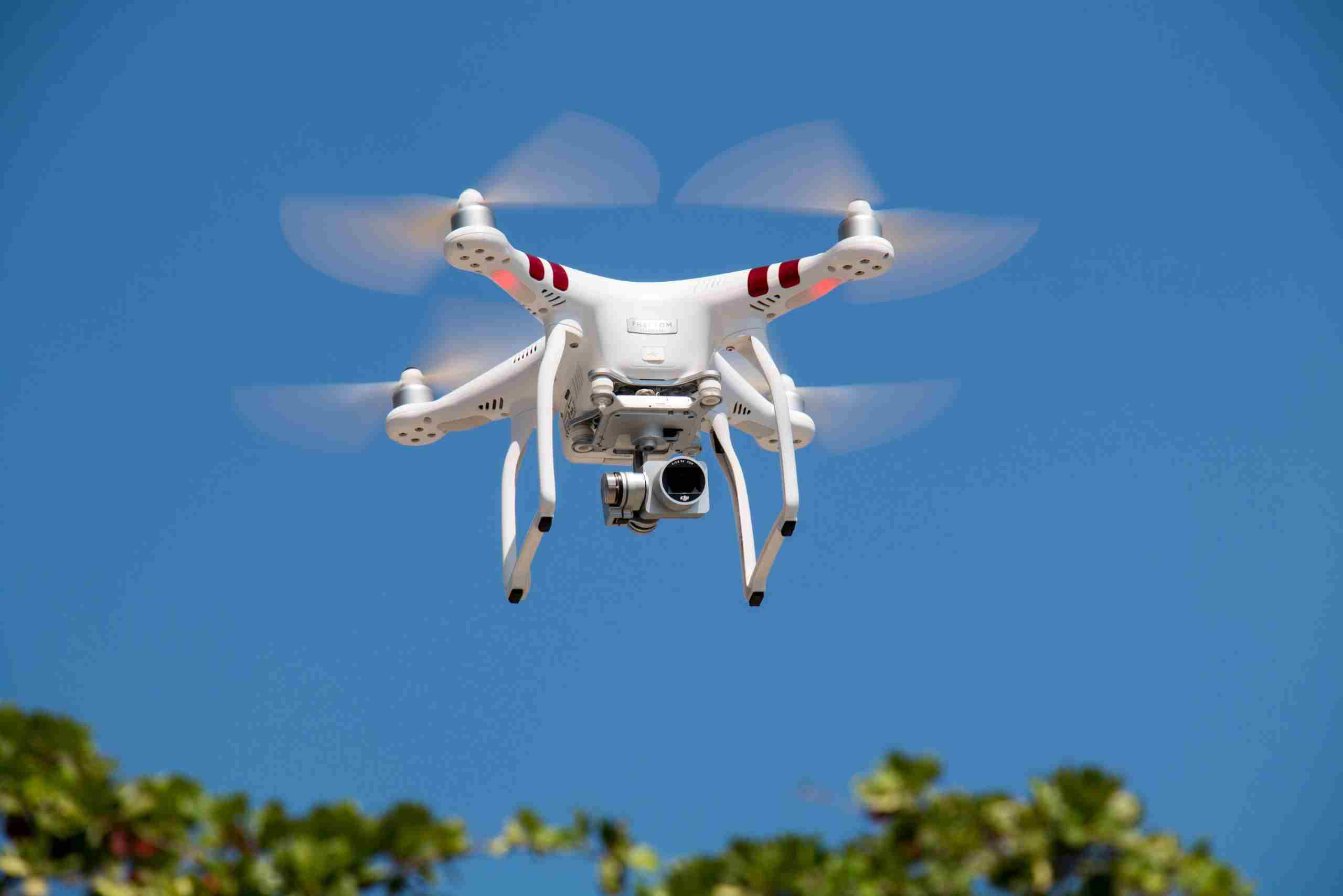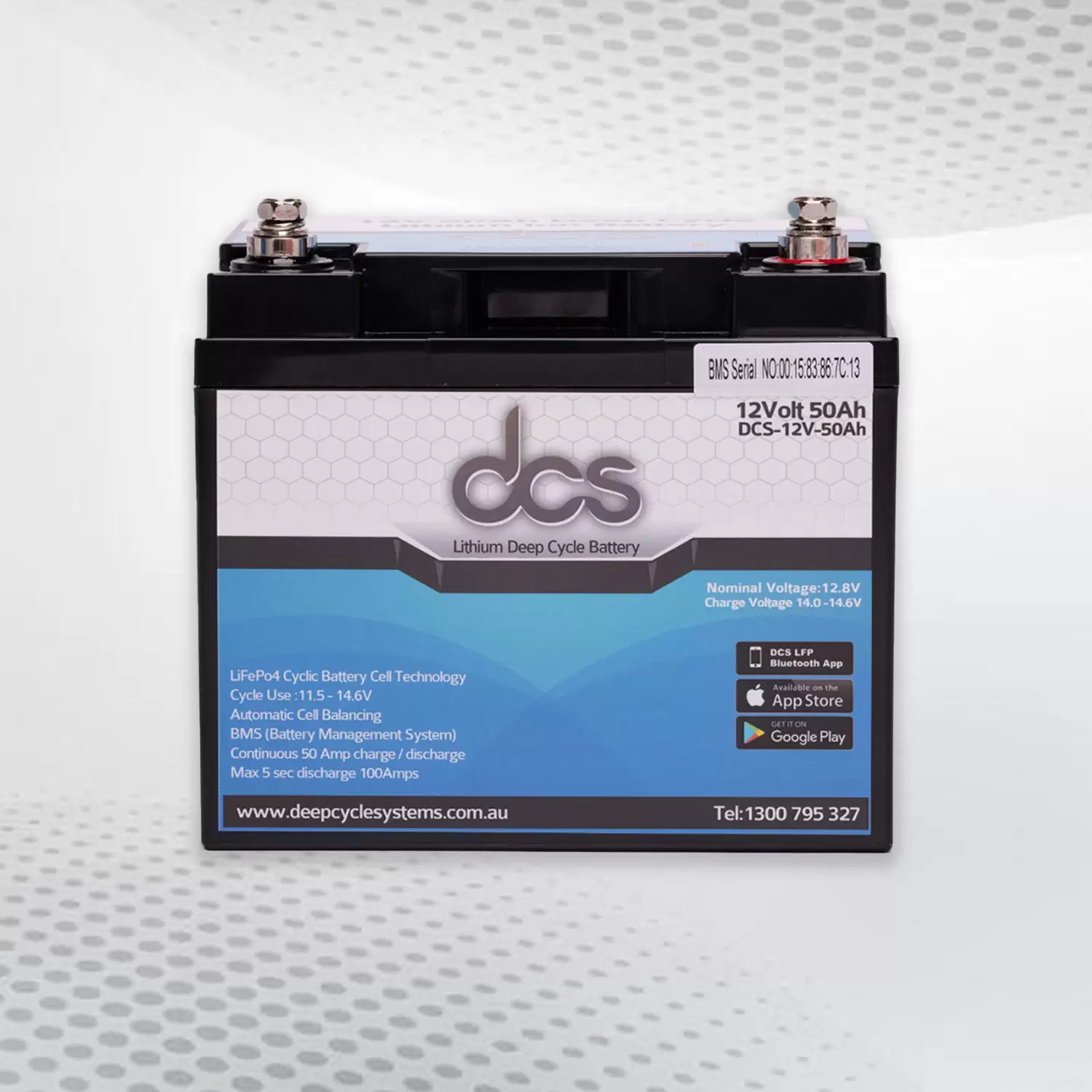Picture this: you’re standing on a vast open field, a drone nestled in your hands, ready to take flight and explore the world from above. But before you hit that power button and watch your drone soar into the sky, there’s one critical component you need to understand: the batteries for drones that fuel your aerial adventure.
From the tried-and-true lithium-ion to the cutting-edge innovations shaping the future of flight, there’s a lot that you need to know. So, grab a seat, buckle up, and prepare to unlock the power behind your drone’s wings with this quick guide!
Types of Batteries for Drones
Your choice of batteries for drones is crucial. It impacts performance, affecting flight time, charging speed, and discharge rate. So, let’s learn some of the common types, including Nickel Cadmium (NiCad), Lithium polymer (LiPo), and Lithium-ion (Li-ion).
1. Nickel Cadmium (Ni-Cd)
Older drone models might still have nickel-cadmium batteries. While not as popular nowadays, it’s good to be aware of them. They are compact and can store lots of energy, plus they are tough and can handle extreme temperatures. However, they tend to forget their full capacity over time (the “memory effect”), and there are environmental worries about getting rid of them.
2. Lithium-Ion
Lithium-ion batteries, smaller and more environmentally friendly than Ni-Cd batteries, offer distinct advantages. Notably, they don’t suffer from the memory effect, a significant drawback of Ni-Cd batteries. This characteristic ensures consistent performance over the battery’s lifespan, enhancing reliability for drone operators.
Additionally, lithium-ion batteries boast –
- Higher energy density, providing longer flight times and improved overall efficiency.
- Compact size and lighter weight, offering enhanced portability and manoeuvrability.
3. LiPo Batteries
Lithium-polymer (LiPo) batteries are popular in drones due to their lightweight and high energy density. This means they can store a lot of power in a small size, making them ideal for powering drones.
LiPo batteries are also known for their ability to provide high discharge rates, allowing drones to perform quick manoeuvres and accelerate rapidly. However, LiPo batteries require careful handling and charging to prevent damage or even fire hazards.
4. Solid-state batteries
Solid-state batteries represent the future of drone battery tech. While still being researched and developed, these batteries offer greater energy storage, improved safety, and quicker charging. When they become available for sale, they have the potential to transform the drone sector, making flights even more effective.
5. Fuel Cells
Though less prevalent than lithium batteries, fuel cells present an alternative method for powering drones. Hydrogen fuel cells, in particular, offer extended flight durations, proving beneficial for tasks like extensive surveillance and mapping. Nevertheless, this technology is presently costlier and demands refuelling infrastructure.
What To Consider In Drone Battery Selection?
When picking a drone battery, consider a few things that affect how your drone flies. Always check the manufacturer’s instructions before buying more batteries to make sure they are right for your drone.
- Voltage: This is how much power your drone motor gets. Higher voltage means more power, but it also means the battery is heavier.
- Capacity: This shows how much energy the battery can hold, measured in milliampere-hours (mAh). More capacity means longer flights.
- Size and Weight: The size and weight of the battery affect how long your drone can fly. Pick batteries that match your drone’s weight and have a high capacity to fly longer.
- Discharge Rating: This tells you how fast the battery can safely give out its energy. Higher ratings mean better performance.
What Is Essential Maintenance of Drone Batteries?
There are various guidelines to ensure the safety and efficiency of batteries for your drones. However, the most important are three. You have them here.
- Understanding: Drones use various battery types like lithium-ion (Li-ion), nickel metal hydride (NiMH), and lead acid (Pb), each with its own set of characteristics, pros, and cons. To ensure safe and efficient drone operation, it’s essential to familiarize yourself with the specific battery type your drone uses by referring to the manual and specifications before usage.
- Adhere to the Instructions: Correctly charging your drone battery is crucial to prevent performance decline, swelling, leaks, or potential fire hazards. For safe charging, utilize a charger that matches your battery’s voltage, current, and balance. Charge your battery in a safe, well-ventilated space, away from flammable substances, heat, and direct sunlight.
- Proper Storage: Properly storing your drone battery is crucial for its maintenance. Store it in a cool, dry place away from heat, moisture, and direct sunlight to prevent damage. Maintain the battery at a storage charge level, typically between 40% and 60%, to prevent capacity loss, swelling, or corrosion. Also, you can store the battery in a fireproof container away from metal objects to prevent short circuits or sparks.
Final Word:
Along with all the above tips and suggestions, there’s one other most important aspect of batteries for drones—QUALITY. Make sure you source quality batteries from quality suppliers, such as RC Battery. You can contact the staff at RC Battery if you need any further guidance about your batteries.



